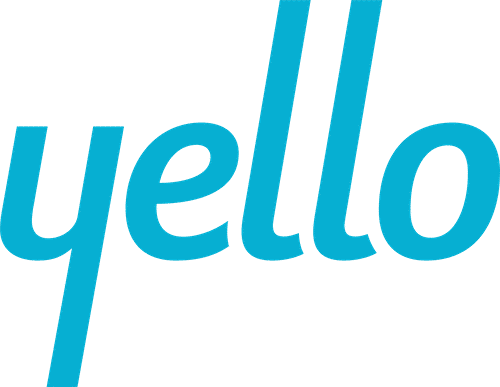[vc_row full_width=”stretch_row” content_placement=”top” v_position=”top” css=”.vc_custom_1482444708270{background-color: #ffffff !important;background-position: 0 0 !important;background-repeat: no-repeat !important;}” font_color=”#163c4a”][vc_column animation=”none” bg_color=”” bg_image=”” column_padding=”no-padding” column_custompadding=”0px 0px 0px 0px” column_center=”” text_color=”dark” custom_text_color=”” text_align=”left” delay=””]Whether it’s discussing a candidate’s career goals over a cup of coffee or an after-work phone call to talk through an offer, candidate communication is the lifeblood of a recruiter’s job. That’s why a powerful set of recruitment tools is so important: when that last-minute position opens up or that star candidate starts having second thoughts, it’s imperative for recruiters to be able to reach these candidates at a moment’s notice.
Here’s a look at the essential recruitment tools every organization should have:
1. Software to track candidates
The first recruitment tool every HR department needs is a system to keep track of applicants, resumes, jobs and other pertinent hiring information. That tool is often an applicant tracking system (ATS), a platform that acts as the single repository for tracking and organizing candidate information.
Applicant tracking systems are often at the center of a recruiter’s universe, but they’re products with which many HR professionals have a love-hate relationship. Often, ATS platforms are legacy products that are difficult and expensive to replace, leaving recruiters without powerful tools offered through modern software. Fortunately, most major ATS platforms can be supplemented with ATS integrations that enhance an ATS’ capabilities without replacing the software.
2. Software to identify candidates
Once you have an ATS filled with candidates, how do you find the right ones for your next requisition? Enter recruitment candidate relationship management (CRM) software, the top recruitment tool for identifying and nurturing candidates through every stage of the hiring process.
A recruitment CRM transforms a database of candidates into a searchable, easy-to-manage collection of talent. Each candidate is assigned a complete candidate record, providing full transparency into their status as a candidate — active, passive, sourced or applied — and the history of their communication throughout their hiring journey.[vc_row_inner][vc_column_inner width=”1/2″]
With powerful candidate search tools, candidates can be narrowed down through filters like experience, geography or keywords, enabling recruiters to find exactly who they need. Talent for current and future roles can also be placed into customizable talent pipelines, giving recruiters a view into talent for today’s and tomorrow’s hiring needs.
[/vc_column_inner][vc_column_inner width=”1/2″ css=”.vc_custom_1543866514225{margin-top: 0px !important;}”][vc_column_text el_class=”blog–callout”]
How effective is your HR tech stack?
Take our survey[/vc_column_inner][/vc_row_inner]
3. Software to communicate with candidates
As soon as you’ve identified top talent, it’s time to start reaching out. Recruiters rely on recruitment CRM to help keep track of their record of communications, and those efforts can be further bolstered by powerful recruitment marketing and candidate engagement tools.
A recruitment marketing platform lets recruiters craft custom email campaigns targeted directly towards the candidates they wish to reach. Campaign management lets recruiters engage candidates automatically, keeping candidates informed about new opportunities, company news, employee testimonials and more.
Candidate engagement software makes it possible to reach candidates by text, the overwhelmingly preferred method of communication. Through mobile job applications and keyword-driven text conversations, candidates can easily stay engaged with your brand and pursue new opportunities from the phone already in their pocket.
4. Software to interview candidates
Job interviews remain the cornerstone of the recruitment process. No matter the strength of a candidate’s resume, meeting with potential co-workers and management remains one of the most important ways to determine if they’re right for the job.
In the past, scheduling a job interview required several rounds of back-and-forth phone calls or emails. Today’s recruiters use interview scheduling software, a powerful tool that makes finding an interview time that works for both the recruiter and candidate as easy as clicking a link. For occasions when a candidate needs to meet with more than one interviewer, interview scheduling software also works with multiple calendars, ensuring every party can be present for the meeting.
For the interview itself, video interviewing software is another essential recruiting tool that makes it possible to conduct live or pre-recorded interviews no matter where you or your candidate is located. Whether pre-screening candidates or connecting participants with frequent travel obligations, video interviewing software keeps the recruitment process moving forward at full speed.


